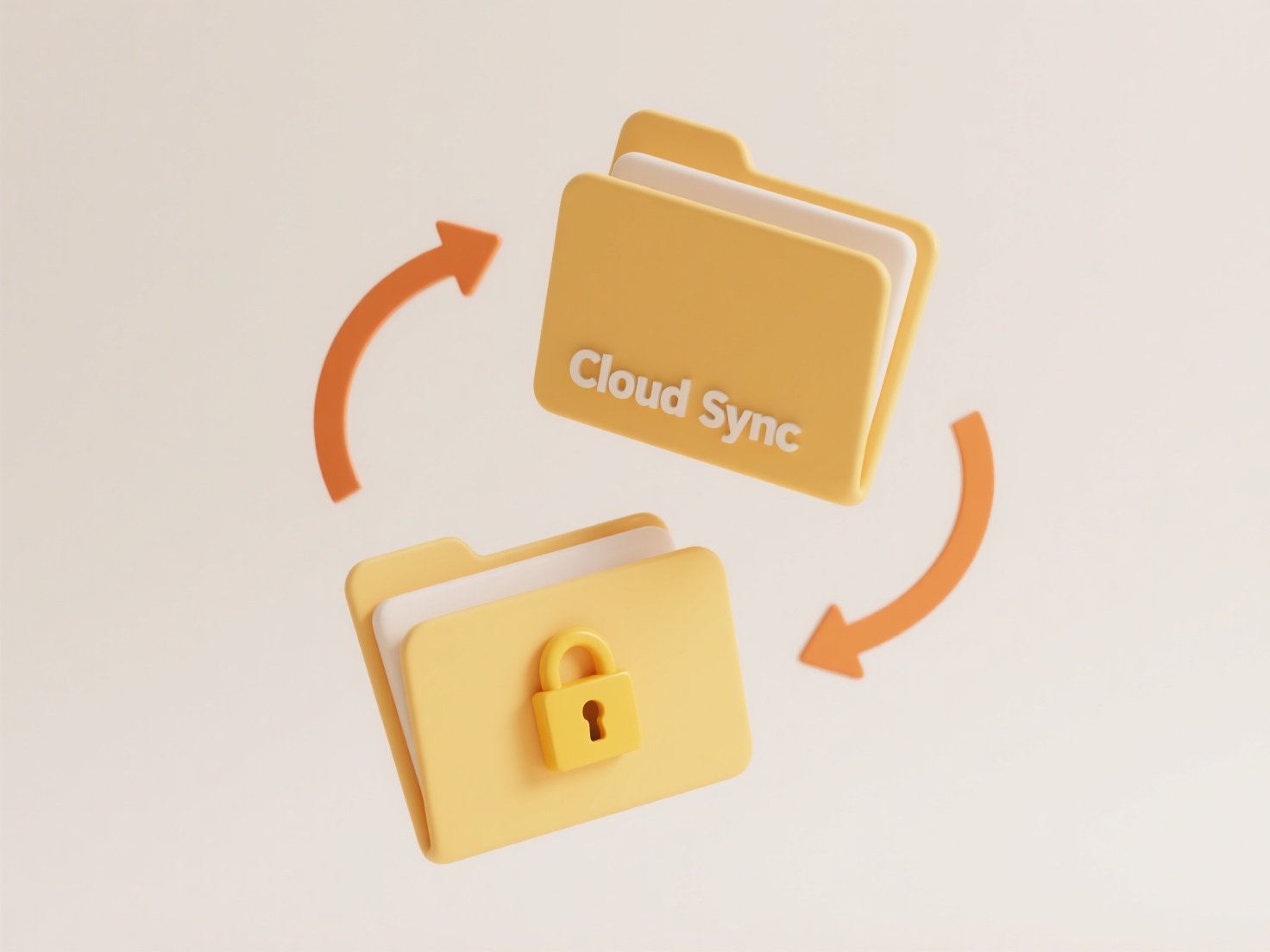
Password-protection for files on an external drive encrypts your data, requiring entry of a correct password or passphrase before its contents can be viewed or used. This differs from operating system security as it travels with the drive itself, protecting data regardless of which computer it connects to. The core mechanism involves software encryption algorithms that scramble data on the drive; only the correct password provides the key to unscramble and access this data, ensuring unauthorized individuals cannot read it.

Common tools to achieve this include built-in features like BitLocker (Windows Pro/Enterprise) and FileVault (for macOS-formatted drives with APFS or HFS+), which password-protect the entire drive upon setup. Alternatively, cross-platform third-party applications like VeraCrypt can encrypt either the whole drive or create a password-protected encrypted container file within the drive, offering flexibility for files needing extra security.
The primary advantage is robust data confidentiality if the device is lost or stolen. However, permanently losing your password means irretrievable data loss; securely managing this password is critical. Encryption processes can also slightly slow data transfer speeds on older hardware. Ethically, this prevents unauthorized access, aligning with data privacy regulations like GDPR. The strong password requirement underscores a trade-off between security and convenience for genuine access. Future hardware encryption features on drives may streamline this further.
How do I password-protect files on an external drive?
Password-protection for files on an external drive encrypts your data, requiring entry of a correct password or passphrase before its contents can be viewed or used. This differs from operating system security as it travels with the drive itself, protecting data regardless of which computer it connects to. The core mechanism involves software encryption algorithms that scramble data on the drive; only the correct password provides the key to unscramble and access this data, ensuring unauthorized individuals cannot read it.

Common tools to achieve this include built-in features like BitLocker (Windows Pro/Enterprise) and FileVault (for macOS-formatted drives with APFS or HFS+), which password-protect the entire drive upon setup. Alternatively, cross-platform third-party applications like VeraCrypt can encrypt either the whole drive or create a password-protected encrypted container file within the drive, offering flexibility for files needing extra security.
The primary advantage is robust data confidentiality if the device is lost or stolen. However, permanently losing your password means irretrievable data loss; securely managing this password is critical. Encryption processes can also slightly slow data transfer speeds on older hardware. Ethically, this prevents unauthorized access, aligning with data privacy regulations like GDPR. The strong password requirement underscores a trade-off between security and convenience for genuine access. Future hardware encryption features on drives may streamline this further.
Quick Article Links
How should I name exported files for clarity?
Proper naming of exported files ensures quick identification and organization. Clear names convey the file's content, cr...
How do I rename files on Linux?
Renaming files in Linux changes a file's identifier within the file system. Unlike simply moving a file to a different d...
How do I save files from messaging apps?
Saving files from messaging apps means permanently storing photos, videos, documents, or other files received via platfo...